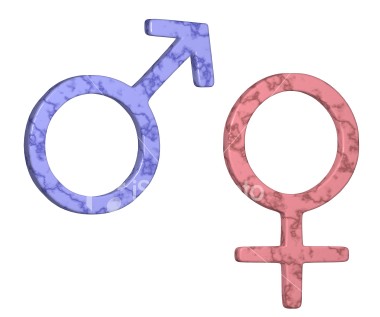Novicorp WinToFlash 0.7.0048 beta

Installing Windows from a flash drive! An application that allows you to completely transfer the setup Windows XP, Windows 2003, Windows Vista, Windows 2008, Windows 7, Windows 8 on the USB drive in a few mouse clicks. This means that you can install Windows from a flash card, HDD or other storage device to your computer or netbook. And it's not all she can do. WinToFlash can transfer your live CD / DVD onto the USB drive, for example, BartPE. After all the technological manipulation, you can completely clear the flash card and format it in Windows for everyday use.
List of Functions:
• Transfer Setup Windows XP/2003/Vista/2008/7/8 on a USB drive.
• Full support for editions of Windows 32 bit and 64 bit.
• Transfer the recovery disc or mini-OS (BartPE for Windows XP/2003, WinPE on Vista/2008/7/8) on a USB drive.
• Cleaning the USB nakopiteya (removal of all the information on it).
• Create a USB nakopiteya with emergency boot Windows 2000/XP/2003.
• Transfer of MS-DOS on a USB drive.
• Create a USB to kopitelya Windows XP/2003 Recovery Console.
• Formatting a USB nakopiteya to FAT16 or FAT32.
• Detailed configuration of any FAT option for better compatibility.
• A detailed set any options the partition table.
• Choice of boot USB flash drive, such as GRUB or Standard.
• Choosing a topic - CHS or LBA for better compatibility with some motherboards.
• Creating an answer file for Windows Setup. Add a serial number, user name, etc.
• Detailed configuration of the transfer of Windows Setup.
• Check nakopiteya USB for file system errors after migrating Windows Setup.
• Fix some problems of Windows Setup, such as 0x6B BSOD.
• WinToFlash - portable application, you can take it with you on a removable disk and run on any computer.
• Supports transfer profiles - to save and load settings for the transfer at any time.
• Support for encryption key in the Windows profile.
• A detailed log file.
• Reminder about updates.
• A simple, classic interface, the utility ntbackup.
• Master with only two options for converting Windows Setup.
• Support for multiple languages.
• Now includes WinToFlash Suggestor.
File Size : 9.2 MB

Installing Windows from a flash drive! An application that allows you to completely transfer the setup Windows XP, Windows 2003, Windows Vista, Windows 2008, Windows 7, Windows 8 on the USB drive in a few mouse clicks. This means that you can install Windows from a flash card, HDD or other storage device to your computer or netbook. And it's not all she can do. WinToFlash can transfer your live CD / DVD onto the USB drive, for example, BartPE. After all the technological manipulation, you can completely clear the flash card and format it in Windows for everyday use.
List of Functions:
• Transfer Setup Windows XP/2003/Vista/2008/7/8 on a USB drive.
• Full support for editions of Windows 32 bit and 64 bit.
• Transfer the recovery disc or mini-OS (BartPE for Windows XP/2003, WinPE on Vista/2008/7/8) on a USB drive.
• Cleaning the USB nakopiteya (removal of all the information on it).
• Create a USB nakopiteya with emergency boot Windows 2000/XP/2003.
• Transfer of MS-DOS on a USB drive.
• Create a USB to kopitelya Windows XP/2003 Recovery Console.
• Formatting a USB nakopiteya to FAT16 or FAT32.
• Detailed configuration of any FAT option for better compatibility.
• A detailed set any options the partition table.
• Choice of boot USB flash drive, such as GRUB or Standard.
• Choosing a topic - CHS or LBA for better compatibility with some motherboards.
• Creating an answer file for Windows Setup. Add a serial number, user name, etc.
• Detailed configuration of the transfer of Windows Setup.
• Check nakopiteya USB for file system errors after migrating Windows Setup.
• Fix some problems of Windows Setup, such as 0x6B BSOD.
• WinToFlash - portable application, you can take it with you on a removable disk and run on any computer.
• Supports transfer profiles - to save and load settings for the transfer at any time.
• Support for encryption key in the Windows profile.
• A detailed log file.
• Reminder about updates.
• A simple, classic interface, the utility ntbackup.
• Master with only two options for converting Windows Setup.
• Support for multiple languages.
• Now includes WinToFlash Suggestor.
File Size : 9.2 MB




 below to get a random post
below to get a random post






































